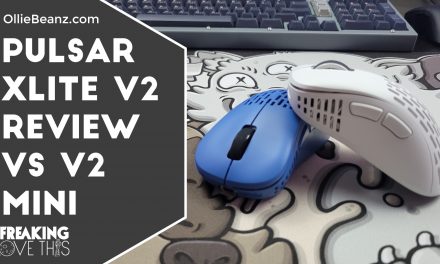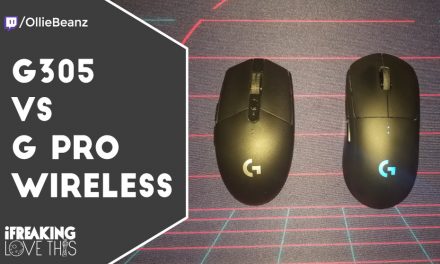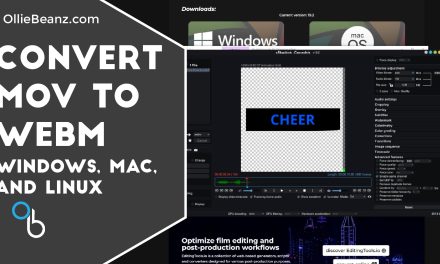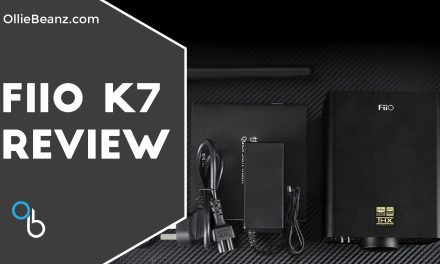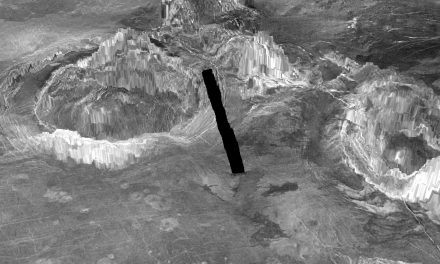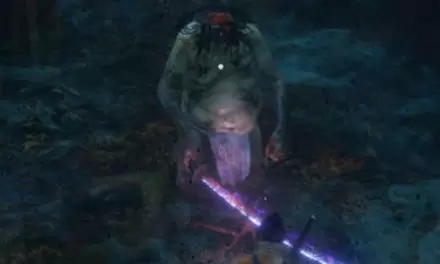
Wolfenstein 2: The New Colossus Review
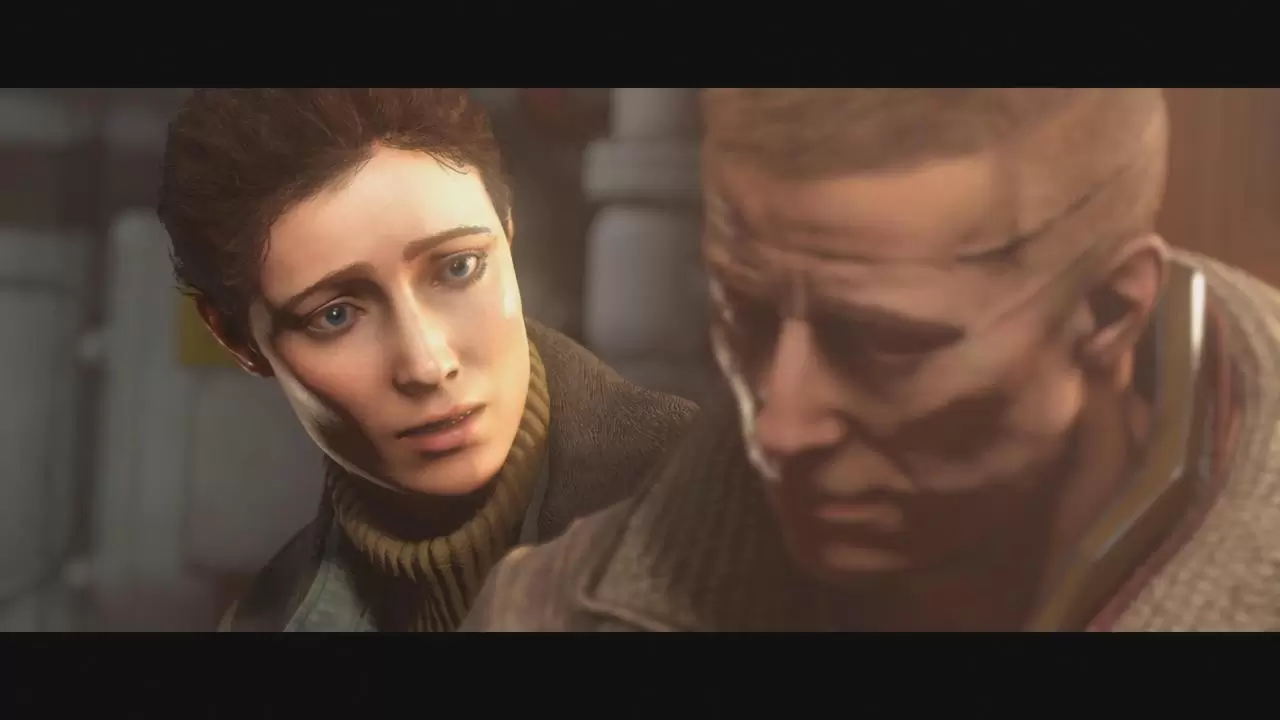
Above all else, Wolfenstein II: The New Colossus takes a very hard stance on the righteousness of killing Nazis. It never falters, not once asking whether violent resistance is the wrong way to fight back against oppression–and the game is stronger for it. The series’ tongue-in-cheek attitude provides a respite from both the horrors of the Reich and the frustration of throwing yourself against its all-powerful war machine. And despite some heavy-handed moments that feel like missteps in its message, satisfying Nazi-killing action bolsters its completely bonkers storyline in a way that only Wolfenstein can achieve.
The New Colossus picks up right after the events of The New Order, and unsurprisingly, our hero Blazkowicz is in bad shape. Following the explosion during the fight with Deathshead, BJ’s insides are falling out, and the crew of the Kreisau Circle does their best to put him back together again. General Engel tracks them down five months later, and as her troops storm the resistance’s stolen U-boat (the Evas Hammer and your base of operations), Blazkowicz wakes up to shoot more Nazis.
This first mission sets the tone for the rest of The New Colossus. Bound to a wheelchair, his organs failing, Blazkowicz feels oddly vulnerable. You shoot with one hand and slowly wheel yourself through the Evas Hammer’s corridors with the other. The odds seem impossible. But overcoming them is gratifying in a way that simply killing all the Nazis can’t match. Even after the Da’at Yichud armor from The New Order gives Blazkowicz his mobility back, his labored breathing reveals a man who is running out of fuel–and time.
On top of that, the game is just generally difficult. You’ll probably die often. Defeating a giant fire-breathing robot dog doesn’t seem feasible at first, but it is with the right combination of weapons, strafing, taking cover, and scrounging for health and ammo while on the run. Part of that struggle is finding a combat style that works for you and sticking with it, whether it’s a guns-blazing or more tactical approach. Some particularly punishing fights or an disadvantageous autosave can be frustrating, but most levels end just before that frustration can turn to anger.
Most missions are broken up into rooms with one or two commanders who are capable of calling for reinforcements. You can choose to just shoot your way through waves of enemies, or you can try to take out the commanders quietly before addressing the rest of the room. Things escalate quickly when heavy enemies show up, since it’s difficult to take them out quietly. Enemy variety and multiple paths through any given area mean you’ll be rewarded with a thrilling fight regardless of how you decide to tackle it.
You’ll also be rewarded with more power. Successfully executing a certain number of stealth takedowns, for example, unlocks a perk that increases your movement speed while crouched. And using upgrade parts you can occasionally find lying around to, say, put a silencer on your pistol will further improve your stealth ability. But you’re afforded the flexibility to decide mid-mission that stealth is not going to work and change tactics. As a result, every encounter is incredibly tense, since you never know when you’re going to need to take it slow or book it to safety as bullets fly by.









The far-future technology of the Nazi regime is both exhilarating to partake in and a grotesque display of their ruthless subjugation of all corners of the world. High-powered laser weapons are exciting to use, but the armored machine-men who drop them are a reminder of human experimentation during and after the war. Anything is possible in Wolfenstein, and that’s a direct result of immense human suffering.
Most environments in The New Colossus showcase the brutal, industrial truth of the Reich, like the twisted remains of a post-nuke New York City. But there are also appearances to be kept up, and the Roswell level in particular provides the rest of the picture. You arrive in Roswell during a parade, and the sunny, idyllic streets are peppered with Nazi officers and Klansmen in their full regalia. Well-dressed citizens speak in German as they celebrate–or pretend to celebrate–the Nazi takeover, propaganda books and posters in view. It’s unnerving and threatening to see the way the occupied, but not destroyed, cities operate under Nazi rule, as well as to see and overhear people willfully ignoring the atrocities around them.
Aside from being a much-needed break from fighting, the story cutscenes are beautifully directed and take advantage of the game’s fantastic cast of characters. The Roswell parade section, for example, ends with an Inglorious Basterds-esque interaction with a commandant that is at once funny and upsetting, a careful balance that The New Colossus strikes throughout. Some gameplay-to-cutscene-to-gameplay transitions are a little jarring, but it’s easy to get swept back up in the combat or the story right away.
The story cutscenes are beautifully directed and take advantage of the game’s fantastic cast of characters.
Proper cutscenes as well as idle chitchat on the Evas Hammer reveal intimate details about even minor characters. Each person on the U-boat has their own story of oppression and marginalization, from the Black Panthers to General Engel’s anti-Nazi daughter, Sigrun. But they’re also just people; some are depressed, some are angry, some are horny, and nearly all of them will have their own conversations on the U-boat that you can listen in on whenever you want. You can watch as everyone shuns Sigrun at lunch (perhaps rightfully so) and listen as New York resistance fighters discuss the nuclear tragedy. Even when the story goes completely off the rails–in an absolutely jaw-dropping way–there’s still room to explore their individual dynamics. It’s a small thing, but it keeps you invested in the crew and their cause.
There are times when The New Colossus overreaches for poignancy, and as a result it states its themes too overtly instead of letting them stand alone. Shows of American patriotism, like a particular monologue about liberty and freedom, feel misguided after flashbacks that show the rampant racism in the America of BJ’s childhood. The idea that America had problems before the Nazis showed up is there, and it’s powerful, but it’s obscured by seemingly conflicting ideas.
And while arguments over the purpose of the war and inspirational speeches about fighting against impossible odds show the breadth and depth of the resistance movement, for the most part these are things you can discern just from playing normally. Of course you should keep fighting against the Nazis, even when it seems pointless; after all, overcoming their unstoppable might mission after mission is satisfying enough on its own to keep you going.
The New Colossus never lets you forget who and why you’re fighting. Nazi brutality is on full display, from the blown-out, irradiated remains of Manhattan to each of the resistance members, who all carry mental scars if not physical ones. You’re never given a chance between cutscenes, missions, and even downtime on the U-boat to lose sight of the Reich’s cruelty. Wolfenstein’s tense gameplay elevates this further by giving you the power to truly resist–and come out of each battle ready for another fight.
Source:: GameSpot Reviews


